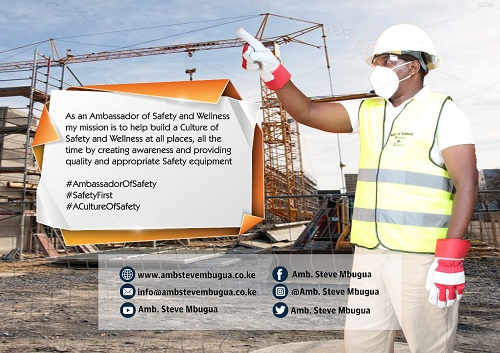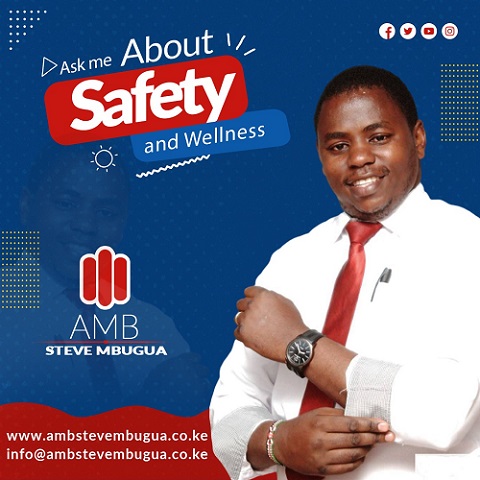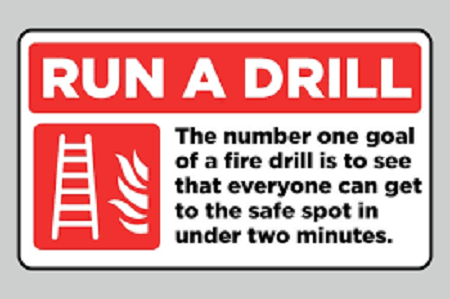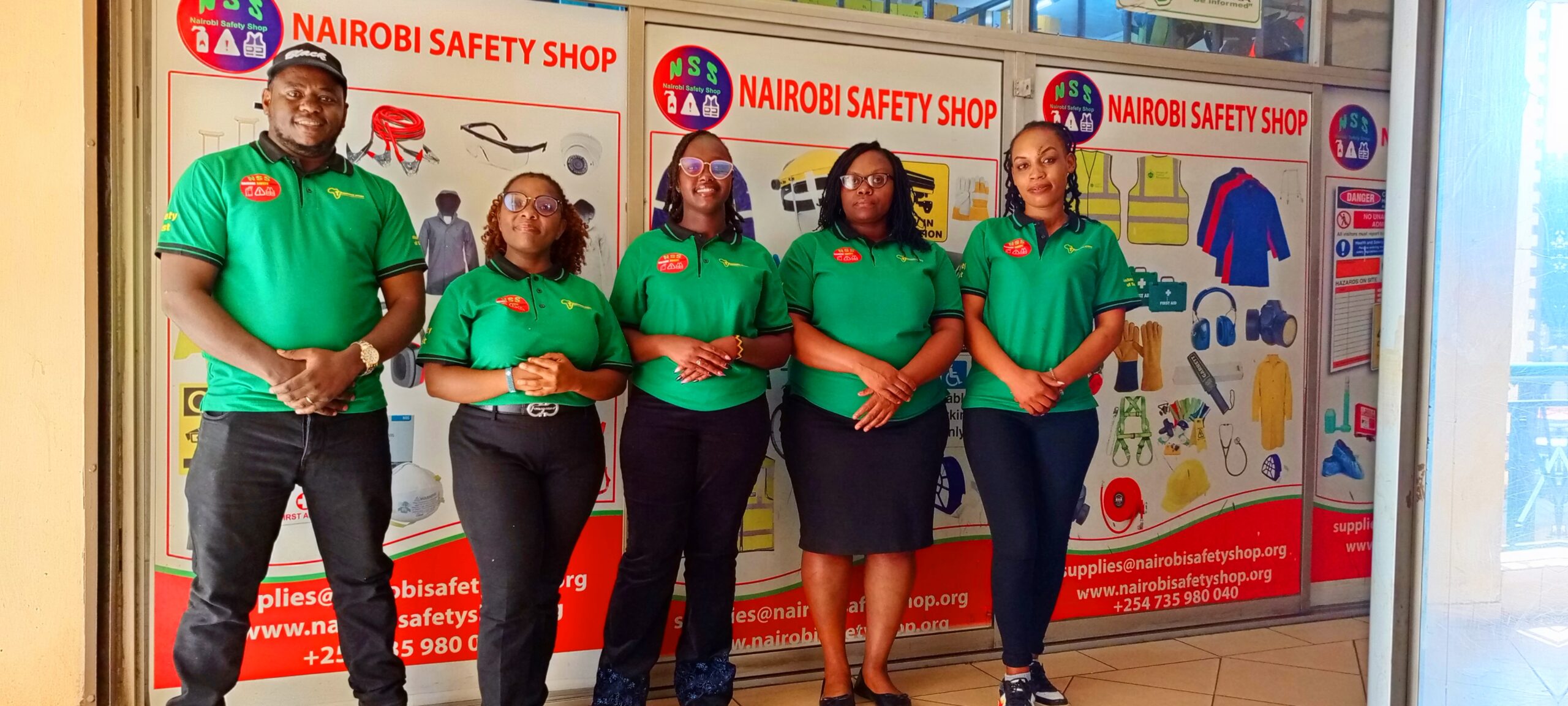Church Protocol Training Manual
Table of Contents
Introduction to Church Protocol
Importance of Church Protocol
Objectives of the Training Manual
Understanding Church Hierarchy
Roles and Responsibilities
Clergy and Laity
Importance of Respecting Hierarchical Structures
General Etiquette and Decorum
Dress Code
Punctuality
Communication Skills
Ceremonial Protocols
Worship Services
Special Ceremonies (Weddings, Funerals, Baptisms)
Holy Communion
Handling Dignitaries and Special Guests
Preparation and Invitations
Reception and Seating Arrangements
Addressing and Introducing Dignitaries
Public Speaking and Presentation
Preparing a Speech or Sermon
Effective Delivery Techniques
Handling Q&A Sessions
Crisis Management and Conflict Resolution
Identifying Potential Issues
Effective Conflict Resolution Strategies
Maintaining Calm and Order
Event Planning and Management
Planning and Organizing Church Events
Coordinating Volunteers and Staff
Post-Event Evaluation
Security and Safety Protocols
Emergency Preparedness
Crowd Control
Health and Safety Regulations
Technological Integration in Church Protocol
Utilizing Technology for Communication
Live Streaming and Online Services
Digital Etiquette
Continuous Improvement and Feedback
Gathering Feedback from Congregation
Implementing Improvements
Ongoing Training and Development
Conclusion
Recap of Key Points
Encouragement for Adherence to Protocols
Final Thoughts
Detailed Content
1. Introduction to Church Protocol
Importance of Church Protocol
Establishes order and reverence in church activities.
Enhances the spiritual experience of the congregation.
Ensures respect and honor towards church leadership and members.
Objectives of the Training Manual
To provide a comprehensive guide for church protocol.
To enhance the skills of church members and leaders in maintaining order.
To improve the overall church experience through proper protocol adherence.
2. Understanding Church Hierarchy
Roles and Responsibilities
Explanation of different roles within the church (Pastor, Deacons, Elders, Ushers, etc.).
Responsibilities associated with each role.
The importance of each role in the smooth functioning of the church.
Clergy and Laity
Definition and differences between clergy and laity.
How each group contributes to the church’s mission.
Importance of collaboration between clergy and laity.
Importance of Respecting Hierarchical Structures
Ensuring smooth communication and operations within the church.
Maintaining a sense of order and respect.
Examples of hierarchical structures and their significance.
3. General Etiquette and Decorum
Dress Code
Guidelines for appropriate attire during church services and events.
Importance of modesty and respect in dressing.
Punctuality
The significance of being on time for church activities.
Strategies for improving punctuality among members.
Communication Skills
Importance of effective communication within the church.
Tips for improving verbal and non-verbal communication.
Addressing different types of communication settings (formal, informal, public speaking).
4. Ceremonial Protocols
Worship Services
Structure and flow of a typical worship service.
Roles and responsibilities during the service.
Special Ceremonies (Weddings, Funerals, Baptisms)
Detailed protocols for conducting and participating in special ceremonies.
Importance of following established traditions and customs.
Holy Communion
Protocols for preparing and administering Holy Communion.
Importance of reverence and sanctity during the ceremony.
5. Handling Dignitaries and Special Guests
Preparation and Invitations
Steps for inviting dignitaries and special guests to church events.
Importance of timely and respectful invitations.
Reception and Seating Arrangements
Protocols for welcoming and seating dignitaries.
Ensuring comfort and respect for guests.
Addressing and Introducing Dignitaries
Proper ways to address and introduce dignitaries during events.
Importance of respect and recognition.
6. Public Speaking and Presentation
Preparing a Speech or Sermon
Steps for preparing an effective speech or sermon.
Importance of research, structure, and practice.
Effective Delivery Techniques
Tips for engaging and impactful delivery.
Importance of body language, tone, and eye contact.
Handling Q&A Sessions
Strategies for managing questions and answers during events.
Importance of clarity and patience.
7. Crisis Management and Conflict Resolution
Identifying Potential Issues
Common sources of conflict within the church.
Early signs of potential issues.
Effective Conflict Resolution Strategies
Steps for resolving conflicts amicably.
Importance of communication, mediation, and empathy.
Maintaining Calm and Order
Strategies for maintaining calm during crises.
Importance of strong leadership and clear communication.
8. Event Planning and Management
Planning and Organizing Church Events
Steps for planning successful church events.
Importance of thorough preparation and attention to detail.
Coordinating Volunteers and Staff
Tips for effective volunteer and staff coordination.
Importance of clear roles and responsibilities.
Post-Event Evaluation
Steps for evaluating the success of church events.
Importance of gathering feedback and making improvements.
9. Security and Safety Protocols
Emergency Preparedness
Importance of having emergency plans in place.
Steps for preparing and communicating emergency plans.
Crowd Control
Strategies for managing large crowds during church events.
Importance of safety and order.
Health and Safety Regulations
Overview of health and safety regulations for church activities.
Importance of compliance and proactive measures.
10. Technological Integration in Church Protocol
Utilizing Technology for Communication
Benefits of using technology for church communication.
Tools and platforms for effective communication.
Live Streaming and Online Services
Steps for setting up and managing live streaming.
Importance of engaging online audiences.
Digital Etiquette
Guidelines for proper behavior in digital interactions.
Importance of respect and professionalism online.
11. Continuous Improvement and Feedback
Gathering Feedback from Congregation
Methods for collecting feedback from church members.
Importance of listening to and valuing feedback.
Implementing Improvements
Steps for implementing changes based on feedback.
Importance of continuous improvement and adaptability.
Ongoing Training and Development
Importance of regular training for church members and leaders.
Resources and opportunities for ongoing development.
12. Conclusion
Recap of Key Points
Summary of the main points covered in the manual.
Encouragement for Adherence to Protocols
Importance of commitment to church protocols.
Encouragement for continuous learning and improvement.
Final Thoughts
Inspirational closing message.
Appreciation for the reader’s dedication to church protocol.
This outline provides a comprehensive and detailed guide to church protocol, ensuring that it is informative, engaging, and optimized for search engines. Let me know if you need any specific details added or any other adjustments!
READ MORE
Church Ushering Training
Church Protocol 101
Church Operations
Ambassador Of Safety
Church Safety and Security Youtube Video



















